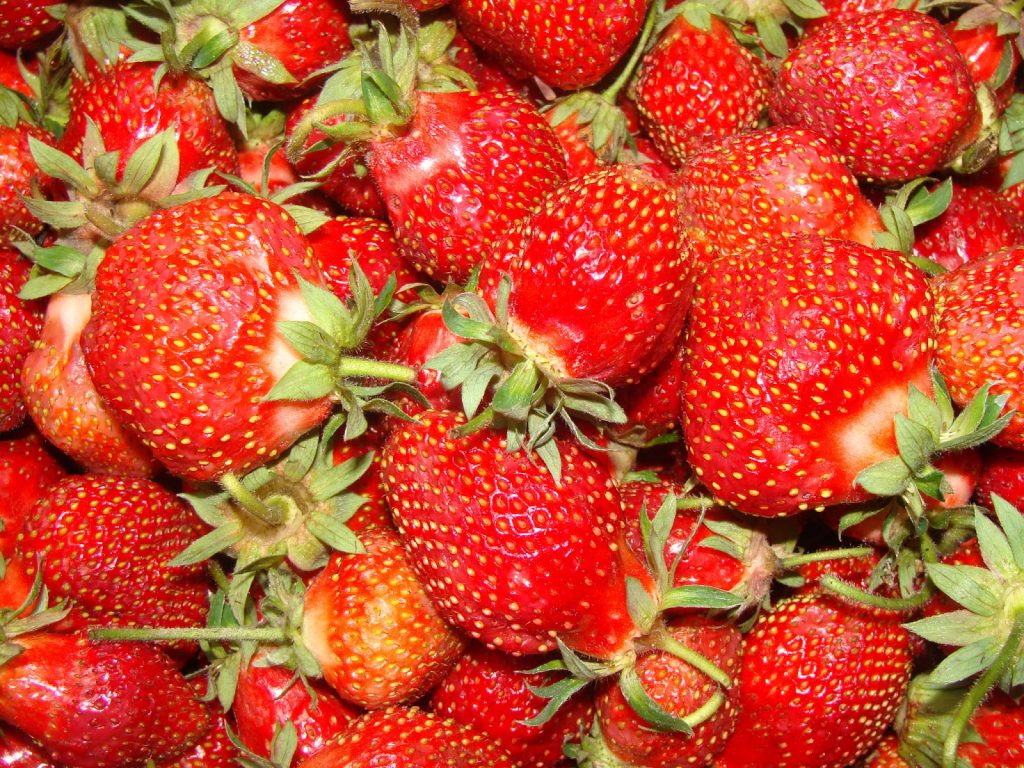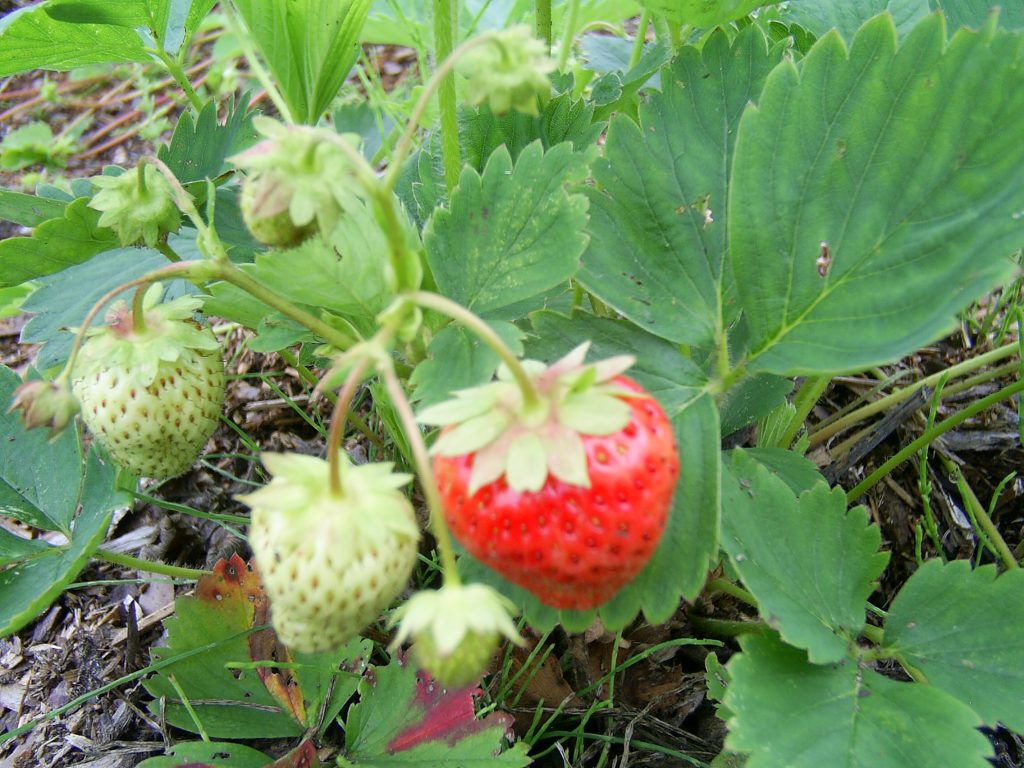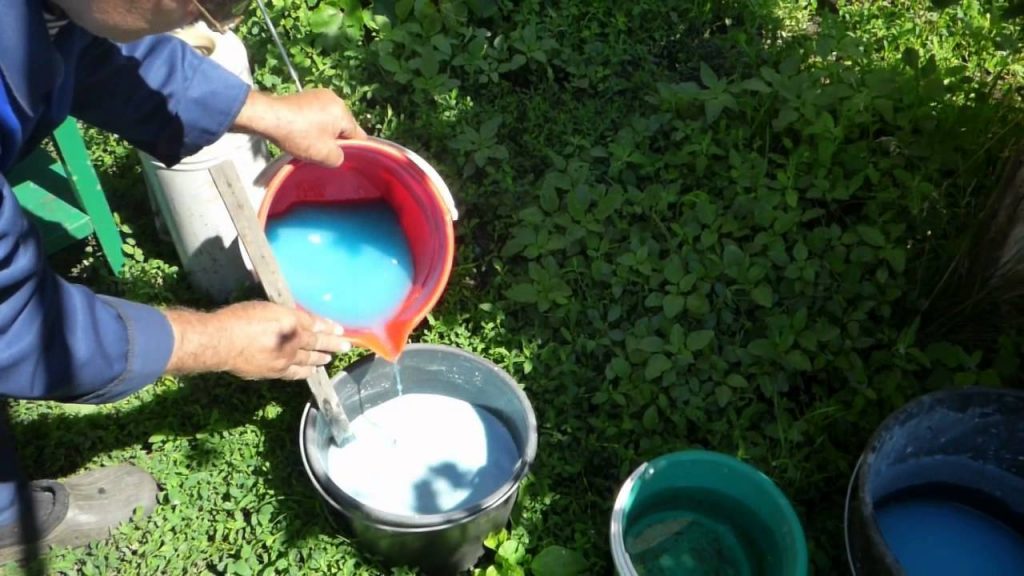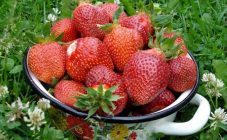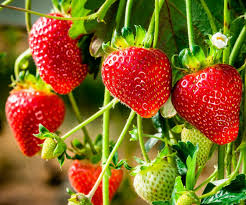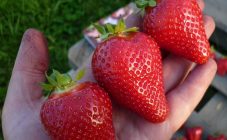Content:
Strawberry Victoria belongs to specific non-remontant varieties. It was bred by crossing garden and wild strawberries in England, so the berry got its name in honor of the queen. Strawberries of this variety were brought to Russia in the 18th century. Today it is cultivated mainly in the southern regions. In the north of the country, breeding is possible in greenhouses.
The history of the creation of the variety
In fact, the history of creation remains a big mystery. They put forward 2 main theories. One by one, the strawberry really got its name in honor of Queen Victoria of England. According to the second, it was brought by Peter the Great to Russia from Holland. Whatever it was, but the variety was not included in the State Register. Today, it is customary to call some varieties of strawberries and strawberries. In different sources, information about Victoria varies: some say that this is a certain type of strawberry, while others believe that it is strawberry.
Description of the variety
Strawberry-strawberry Victoria - the result of crossing 2 types of strawberries: wild and garden. The fruits are large enough and sweet, so many gardeners have long begun to grow it. Today, the original Victoria strawberry variety is contained in the collections of only a few breeders.
This species is very fond of heat, so the bushes should be planted in sunny places. In the northern regions, this is possible only in special greenhouses. In all other characteristics, the plant is not too whimsical. In the description you can find information that such strawberries can bear fruit only once a year, that is, they are not remontant.
The strawberry bushes are quite tall. They have firm leaves of bright green color. The berries are usually deep red. But the fruits have increased sugar content, so people with high blood sugar should not get carried away with them. The berries are very aromatic, large and beautiful, and therefore are appreciated among professional gardeners.
Many varieties are early maturing. They can tolerate snowy winters well, but cannot withstand summer droughts. In order for it to bear fruit well, you need to systematically water the bushes. Sudden changes in temperature are also not terrible for this strawberry variety. It is better to grow it on light sandy loam soils. Queen Victoria strawberries will not grow in clay and waterlogged soil.
The berries are juicy, so it's almost impossible to transport them. The seeds are small. Each berry can be up to 14 grams by weight. In a good season, about 1 kg of berries are collected from one bush.
This type of strawberry is resistant to almost all diseases. But sometimes the bushes are affected by white spot. And of insects, only the strawberry mite is dangerous for them.
Agricultural rules
For strawberries to grow well, you need to create special conditions. You need to choose sunny places that are as protected from the wind as possible. It is advisable to put fences on both sides of the site so that the bushes are not blown through.
It is better to plant Victoria in open ground either in the spring, or already before winter. For spring planting, the soil is prepared in the fall. If strawberries are planted in the fall, then the earth is prepared in a couple of months. The soil must be dug up, all weeds must be removed and the right amount of fertilizer must be applied. It can be compost, humus. Sometimes mineral fertilizers are added. As it is convenient for anyone.
Some gardeners believe that it is better to plant such strawberries in a comb. Others say that you should not bother, but just plant the bushes in the holes.
Basic landing rules:
- A little wood resin and 1 kg of fertilizer are added to each hole. All this must be mixed with the ground, watered and only then should the seedlings be planted, as expected.
- The distance between the rows should be at least 60 cm, and between the seedlings - 35 cm each.
- It is better to dig in young bushes so that an eyebrow is formed around them. Thus, water will not flow away during watering, but will remain around the plant.
- After the next watering, the soil is mulched with straw or mown grass. At the same time, moisture in the soil is better preserved.
There is also a method of growing strawberries on film. The ground around the plant is covered with mulching film or agrofibre. At the same time, the berries remain completely clean, they are not damaged by any pests. Mulch prevents weeds from growing. Therefore, the landing is not too difficult.
Watering large strawberries
In the spring, the plant prepares for fruiting. Victoria's strawberries need good watering at least twice a week. In this case, the water should be warm. For this type of strawberry, drip irrigation is better suited.
There is also an easier watering method, which is as follows:
- A hole is made in a large barrel.
- A hose is brought there and, using an adapter, it is well fixed.
- To prevent leaks, it is important to screw the hose tightly to the walls of the hole.
- A special spray gun is put on the end of the hose.
- The structure is installed in the place that needs to be watered.
If you follow these simple instructions, then no special irrigation devices are required.
Plant feeding
As the bushes grow, the soil is significantly depleted. In order for the plant to receive all the necessary nutrients, it must be constantly fed, and produced at least 3 times a season. The first feeding is carried out when the first 2 strawberry leaves appear. This is done with a green solution or mullein. The manure should be diluted 1:10 with plain water. This mixture is poured under each bush.
Yeast is a very good fertilizer, but not dry. At 1 st. spoon usually add 0.5 liters of warm water. This solution should be infused for about half an hour. After that, it is again diluted in 10 liters of warm water. Pour 200 ml of solution under each bush.
Further care
The soil near the bushes must be loosened. This will ensure that sufficient oxygen is supplied to the roots of the plant. You need to loosen carefully, as the strawberry roots are on the surface.
Bad leaves and tendrils should also be pruned frequently. In this case, the plant will bear fruit better. Old bushes that will no longer bear fruit are subject to removal.
Prevention and treatment of possible diseases
Garden strawberries practically do not get sick, especially with fungal diseases. Only viral white spot can threaten her. It develops in the spring during the growing season. Red spots appear on the leaves. Further, in the center of such spots, specific whitish dots are formed, in the place of which holes then appear. To get rid of the disease, the plants are treated with a solution of Bordeaux liquid.
For prophylaxis, all the bushes are sprayed with copper sulfate or other solutions containing copper. Plants are processed even before their flowering begins.
Insect pests
The most dangerous in this case is the strawberry mite, as it provokes strawberry diseases. Leaves wrinkle, dry and turn yellow. A whitish coating appears on the inner surface. The fruits cannot develop normally and simply dry out.
They fight the strawberry mite using insect-acaricidal agents, for example, Omite, a clean garden, as well as zolone and fitoverm. All of these products are very toxic, so work with gloves. The product is diluted immediately before use. It is filled with warm water, as indicated in the instructions. The solution is sprayed throughout the garden. After a few days, the plants are best placed under a film. Insects are destroyed faster due to the formation of the greenhouse effect.
Preparing for winter
Victoria strawberries are quite cold-resistant. In a snowy winter, the plant does not freeze out in severe frosts. If there is no snow, then even a temperature of -8 ° C can lead to the death of the bushes. Strawberries are considered an evergreen. She hibernates with leaves. An autumn haircut also does not need to be done.
Plant feeding is stopped in August. At the same time, extra antennae are removed, dug between the rows. If necessary, you can cover the bushes for the winter with straw, humus or ordinary spruce branches.
Advantages and disadvantages of the variety
Like any other variety of strawberries and strawberries, Victoria has its own advantages and some disadvantages.
The main advantages of strawberries:
- the variety is not too whimsical to frost and other weather conditions;
- has a wonderful smell and taste;
- resistant to various diseases and pests.
Disadvantages of the variety:
- such strawberries are practically unsuitable for transportation;
- requires constant and abundant watering;
- flowers can be damaged during the spring frost.
In general, the Victoria strawberry variety attracts with the simplicity of growing and caring for the bushes. The berries are beautiful and large. They are juicy, taste great and smell great. Therefore, this kind of strawberry is very much appreciated among professional gardeners.
